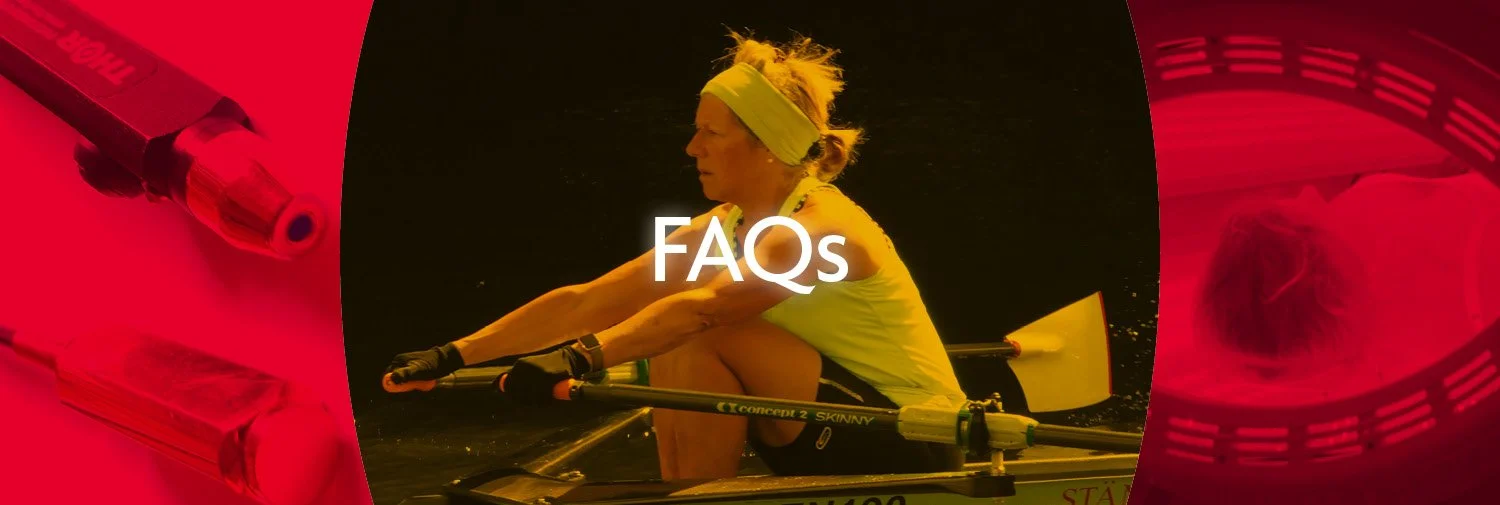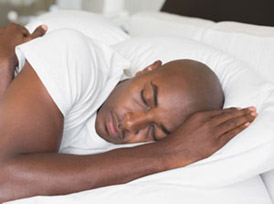How does it work?
“Photobiomodulation doesn’t do everything, it does one thing really well, it reduces oxidative stress which is common to all diseases.”
Photobiomodulation Therapy appears too good to be true as it does many things, but really it does just one thing and it does it very well. It reduces oxidative stress.
Oxidative stress is accepted as the underlying trigger for most diseases and degenerative conditions. It is also a component in the inflammatory phase of acute and chronic injuries. Extensive research during the last two decades has revealed that oxidative stress can lead to chronic inflammation, which in turn contributes to chronic diseases including cancer, diabetes, cardiovascular disease, neurological disorders and pulmonary diseases.
The use of red light/near-infrared for reducing pain, inflammation and oedema, has been known for almost forty years. The effects of Photobiomodulation, as it is known scientifically, are photochemical – just like photosynthesis in plants. When the correct power, frequency and application time are used, light reduces oxidative stress and increases ATP. This in turn improves cell metabolism and reduces inflammation. Light is absorbed at the cellular level, targeting the cause of inflammation by reducing oxidative stress.
How does Photobiomodulation Therapy compare with other treatments?
“Photobiomodulation Therapy is a safe, effective, non-pharmaceutical way to manage pain and inflammation.”
Photobiomodulation Therapy works at the cellular level, stimulating repair and normalising cell function. Many therapies only address symptoms, without addressing the source. With that said, chronic degenerative changes often cannot be ‘healed’, instead they must be managed. Photobiomodulation Therapy is a safe, effective, non-pharmacological way to manage pain and inflammation.
Unlike drugs and surgery, Photobiomodulation Therapy:
promotes cell regeneration
reduces inflammation and pain
is non-toxic
is non-invasive
has no side effects
How does it help?
This non-invasive and safe therapy has been shown to be highly effective for acute and chronic musculoskeletal conditions such as sports injuries, fibromyalgia, chronic fatigue, neuropathy, arthritis pain, gout and more.
Injured foot receiving focused treatment
Does it deliver acute & chronic pain relief?
Photobiomodulation Therapy is used successfully in the treatment of a range of painful conditions from the sudden (acute) onset following immediate injury to the treatment of persistent (chronic) pain often measured in years.
Examples of both acute and chronic conditions are:
Acute: sprains, toothache, cold sores, migraine, neck tension headaches, back pain, muscle overload and nerve root pain such as sciatica.
Chronic: osteoarthrosis, rheumatoid arthritis, neuralgia, myofascial pain syndrome, fibromyalgia, tendinopathies and neuropathic pain.
Treating a sports injury successfully with the Thor LX2 handheld device
Does it benefit those taking part in exercise and sport?
The benefits of Photobiomodulation for those taking part in exercise and sport are now well known and documented.
Amongst others are: more intense and higher volume training, improved muscle strength, reduced post exercise soreness, decreased injury recovery time and a faster return to training.
Is there research about its effectiveness on exercise induced fatique?
Research was carried out into the effects of Photobiomodulation Therapy on exercise induced fatigue (see study).
Photobiomodulation increases collagen production keeping skin looking younger
Does it reduce the visible effects of ageing?
Collagen provides the skin with elasticity. It is most well-known for the structural role it plays in the body. It is the ‘glue’ between the cells.
But as we age, collagen production slows – and existing collagen can get damaged due to sun exposure and bad skin habits. The results? Wrinkles and sagging skin going south.
Most of us are aware of the damaging effects of the sun’s rays (ultraviolet wavelengths), however there are beneficial components in the longer wavelengths of the visible and invisible spectra (red and near-infrared wavelengths) and they have regenerative effects with increased collagen production.
Does it increase tissue repair and healing in skin?
Light is absorbed or reflected by molecules in the skin cells with the resultant energy driving a number of systems including the production of cellular energy adenosine triphosphate (ATP).
The activation of these pathways allows increased tissue repair and healing.
So Photobiomodulation Therapy has beneficial effects on diverse problems from wrinkles to hypertrophic (keloid) scars to burns and also inflammatory diseases such as acne and psoriasis.
Does it deliver improvements in sleep patterns?
Irradiation of the whole body with red light/near-infrared has demonstrated significant improvements in sleep patterns, namely, the duration and quality of sleep and an increase in the frequency of dreams.
The duration and quality of sleep is improved by irradiation with red light
Is there research about its effectiveness in improving the quality of sleep?
This study confirmed the effectiveness of body irradiation with red light in improving the quality of sleep of elite female basketball players and offered a non-invasive therapy, without the use of drugs, to prevent sleep disorders after training. (see study)
Does it help with anxiety and depression?
Although further research is required there is increasing evidence on the benefits of Photobiomodulation on those suffering depression as a consequence of chronic pain syndromes such as the lower back, neck pain and headaches.
I have not heard of this before, is it real?
Over 400 randomised controlled trials have been published using Photobiomodulation devices, and the technology has featured in over 4,000 laboratory studies. Photobiomodulation is used in thousands of clinics, hospitals and elite sports institutions in over 70 nations. (See next heading for sample of published research)
Sample of published research
Effects of low-power light therapy on wound healing: LASER x LED
Biostimulation effects of low-power laser in the repair process
The NovoTHOR Whole Body Light Pod was developed by James Carroll (co-founder of THOR Photomedicine), who is a recognised authority on Photobiomodulation Therapy, mechanisms of action, dose and the measurement and reporting of parameters. He collaborates with many universities and hospital research centres on treatment protocol design and reporting of treatment parameters including Harvard Medical School, Harvard School of Public Health, Massachusetts General Hospital (MGH), Brigham and Women’s Hospital (Boston), Massachusetts Institute of Technology (MIT), and Leiden University Medical Centre, Amsterdam.
“The tender point locator of the Thor LX2 measures electrical resistance in the skin; wherever the resistance drops, that’s the ideal point to treat.”
How is it applied?
Photobiomodulation Therapy can now be delivered to the entire body using the NovoTHOR Whole Body Light Pod. It is currently the only system in the UK. Now in just 15 minutes, you can have a full body light session that targets inflammation and stimulates repair.
Direct nerve application and trigger point therapy using the THOR LX2 Control Unit and its three probes are also available. These decrease pain and relaxes muscle spasms, both contributing to reduction in musculoskeletal pain. These sessions take approximately 10-15 minutes per location i.e. per hip, knee, ankle etc.
What will I feel?
Photobiomodulation Therapy does not heat tissue, it does however increase circulation so a warming sensation is often experienced. The following outcomes have been reported by clients at The Photobiomodulation Studio.
These outcomes may not apply to every person, and are not intended to guarantee, promise, represent and/or assure that anyone will achieve the same or similar results. If you experience any of these, notify Rupert at your next appointment:
Temporary euphoric feeling, increased energy levels, improved sleep patterns, improved mood, improved skin clarity and tone, improved bowel function, decreased swelling of extremities, increased energy, increased mental clarity, increased general sense of well being. Occasionally some clients may experience mild fatigue, discomfort, or aches after treatment. These responses should reduce after 24-48 hours – if they persist notify Rupert at your next appointment.
THOR LX2 handheld device for localised health issues
What is the treatment method?
There are two ways of receiving Photobiomodulation Therapy at the studio. For localised problems (i.e. neck, hip, knee, etc) the THOR LX2 Control Unit and its three probes are used, whereas for multiple issues the client lies down in the NovoTHOR Whole Body Light Pod and all of their head and body are exposed to its healing rays.
How many treatments are needed?
That depends on you and your ‘human variables’. Every person’s condition is unique, therefore their treatment course is as well.
However there are some general rules of thumb that apply to Photobiomodulation Therapy. Acute injuries and inflammation from muscle strains and sprains, cuts, bruises, burns, etc typically show very rapid improvement and can resolve in two to four treatments. Long-term, chronic conditions can take as many as 10 sessions to get significant benefits and then weekly or bi-weekly sessions may be necessary to maintain benefits.
How often will I need to have Photobiomodulation Therapy?
Again, that depends on you and your ‘human variables’. Every person’s condition is unique, therefore the treatment course is as well.






